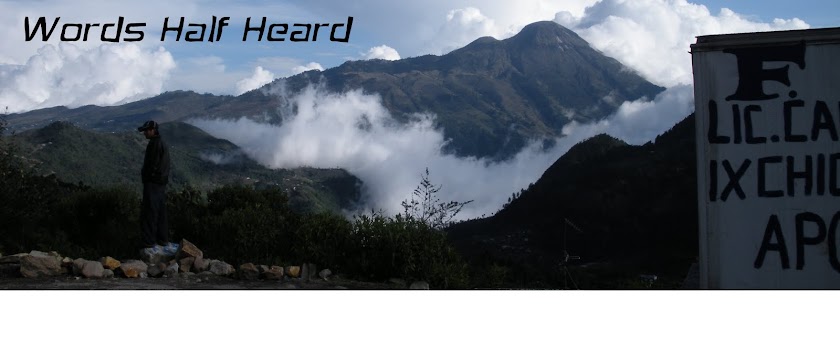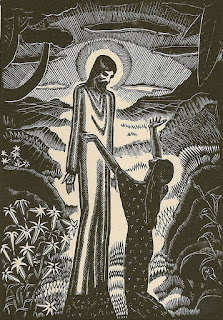Our river crossing will go just above Three Mile Island, the site of the worst nuclear accident in US history. The reactor was built on a sandbar in the river, a river that provides drinking water for millions in Pennsylvania and Maryland and supplies half the fresh water for the Chesapeake Bay, the largest estuary in the country.
Just five years after the reactor was built in 1974, a broken pressure valve set off a series of misguided responses that yielded a partial meltdown, internal explosions and release of radiation into the air. The impacted reactor was never reopened. Another reactor continued in use until 2019. For forty years, there have been unanswered questions about what really happened, long-term impacts, and cost and implications of plans to fully decommission the reactors.
 |
| Nicholas L. Tonelli, Flickr |
Just last week a new report on abandoned coal fields identified Pennsylvania and West Virginia as home to "roughly half the unreclaimed acres and two-thirds of the cost." Another study described hundreds of thousands of orphan gas and oil wells in just four states, including Pennsylvania, leaking oil and gas into water, land and air. Yet another report gave four of Pennsylvania's most populous counties an F on air quality. Five others, including my own, scored a D. In 31 of our 67 counties, data is incomplete or non-existent. PA regulators apparently would like us to believe what we don't know can't hurt us.
In 2012, just a year into this blog, I wrote a post called Earth Day Shalom: Ripple of Resurrection.
I’m not a farmer, or environmental scientist. But my knowledge of Christ’s shalom calls me to extend that experience of welcome and safe haven. On our own suburban half-acre, I’ve been working to build a place of sanctuary for bugs, butterflies, and birds. Native plantings, non-chemical lawn care, and lots of bird feeders and water supplies have helped create an oasis of bird song. Nesting in our yard this year are bluebirds, downy and red-bellied woodpeckers, tufted titmice, chickadees, white throated and song sparrows, blue jays, cardinals, and two very dignified crows.
I know, though, that the world is bigger than my yard. Over the years I’ve helped plant trees on a city street, organized landscape days for a local elementary school, planted wildflowers around the edge of a townhouse complex. I’m currently trying to help organize a group of stewards for a neglected wetland near our home.
“…Shalom is the human being dwelling at peace in all his or her relationships: with God, with self, with fellows, with nature. . . But the peace which is shalom is not merely the absence of hostility, not merely being in the right relationship. Shalom at its highest is enjoyment in one’s relationships. A nation may be at peace with all its neighbors and yet be miserable in its poverty. To dwell in shalom is to enjoy living before God, to enjoy living in one’s physical surroundings, to enjoy living with one’s fellows, to enjoy life with oneself. . .”
Resurrection is practiced in part in harmony with God and ourselves, but also in a broader canvas: as good news to a broken, battered world. Like it or not, we operate, every day, in economic, political and environmental contexts. In THOSE contexts God invites us to act as agents of reconciliation and resurrection:
If the resurrection was the sign of the great reversal, it was also the sign of the coming shalom. When the resurrected Jesus greeted his friends, his first words were “peace be with you.” In his letter to the Colossians, Paul insists that all creation is woven together by the creative, sustaining power of Jesus himself, and that the resurrection is the start of reconciliation and God’s shalom for “all things - on earth - or in heaven,” not just for humans, but for all creation.
In the past nine years, I've learned a great deal about the systems and structures of power and economic reality that prioritize profit over people. I've looked into the eyes of political and corporate agents who will do and say whatever is needed to ensure their own profit and power. I've seen good people pulled into destructive actions, complicit in things they know are wrong. And I've seen many of God's people construct convoluted arguments defending the destruction of creation and shalom.
I asked nine years ago:
As a child of God, what role do I have in seeing the world freed from its bondage to decay, not just in the future, but now? Is it enough to sign a petition against fracking, or do I need to do more? Is it enough to buy organic, local food, or do I need to speak out on behalf of sustainable farming?What I've learned since then is that speaking out on specific issues will do little good until we address the structures of power themselves: structures that enhance the flow of corporate money into the halls of government, systems that deliberately divide and conceal to undermine any attempt at change.
I still spend time doing what I can to heal my own little corner of the earth. As I do, I find insects I never saw before, birds I never heard, toads and snakes and fox and owls enjoying our little sanctuary. But I also find myself living a broader construct, working for fair elections, fair legislative policy. Looking for ways to wrest power from from destructive forces and to find ways to amplify the voices of the poor, the misplaced, the invisible and overlooked,
I've learned that as we commit to act as agents of resurrection, that obedience can lead into unexpected places and demand use of heart and mind, energy and time, resources we didn't know we had.











